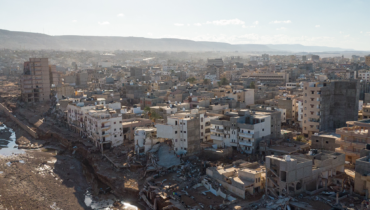More than a million migrants and refugees crossed into Europe in 2015, sparking a humanitarian crisis as European countries struggled to cope with the unprecedented influx of people. The vast majority of migrants arrived by sea, yet a large number of people made their way over land, through Turkey and the Western Balkans.
Despite its severity, the so-called European migration crisis was marked by significant information gaps related to the intentions and profiles of migrants as well as the factors motivating their decision to leave their place of origin and select a specific destination in Europe. These information gaps inhibited humanitarian planning and response and contributed to several unfounded assumptions on migration and the crisis.
In support of the humanitarian response, IMPACT, through its initiative REACH, established a displacement monitoring mechanism to assess the trends and profiles of the new arrivals. Through this intervention, REACH was able to produce monthly updates on migration trends. The data gathered provided consistent and regular information for actors leading humanitarian response to the dynamic situation. The information provided by REACH was also used by decision-making stakeholders, including humanitarian actors and policy-makers within the EU.


















